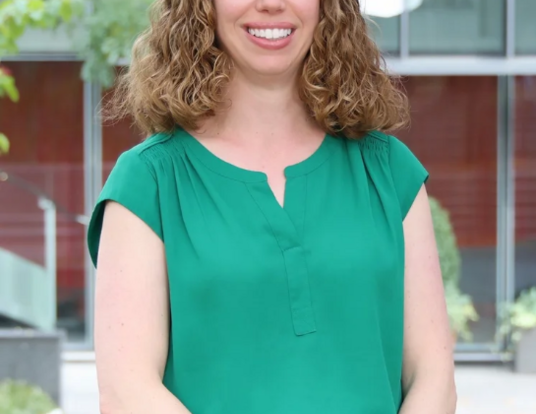The Coldest Experiment Ever
Harvard physicists break temperature records to unlock secrets of quantum materials
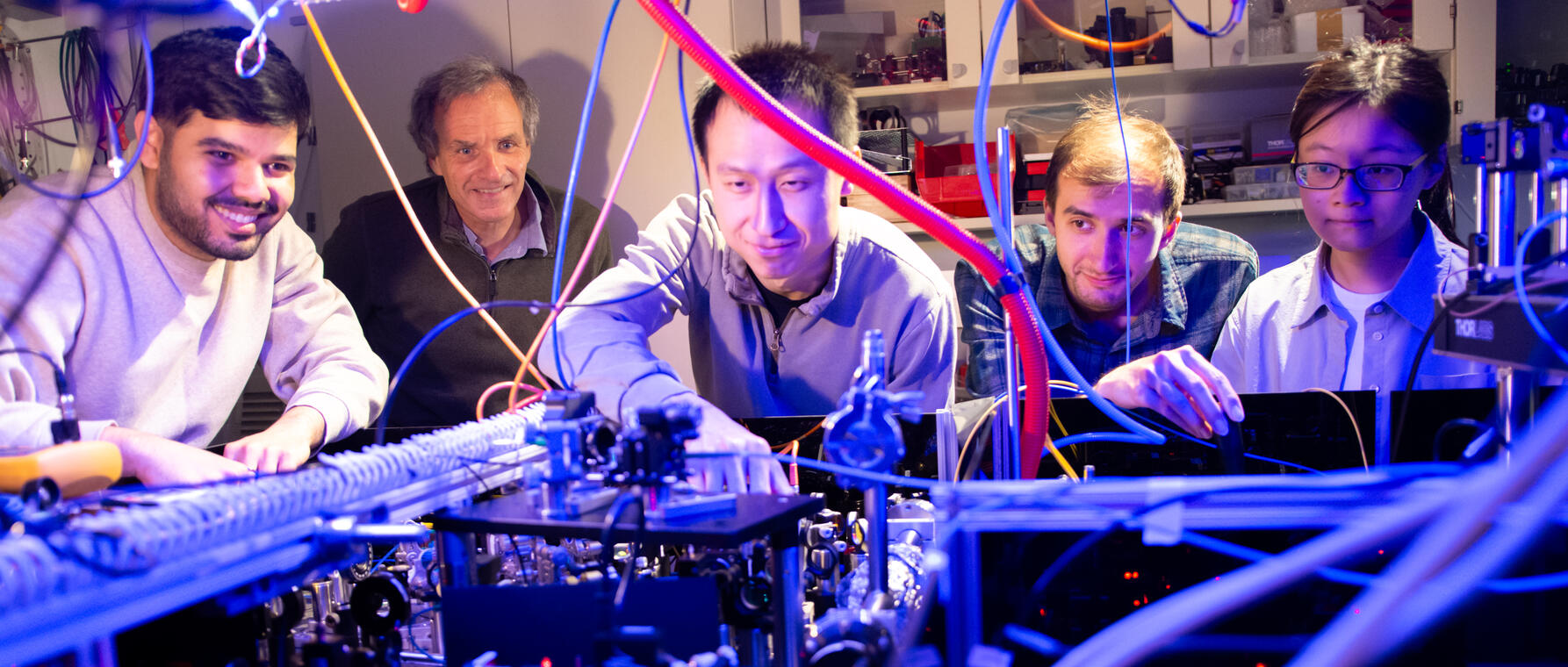
Research at Risk: Since World War II, universities have worked with the federal government to create an innovation ecosystem that has yielded life-changing progress. Now much of that work may be halted as funding is withdrawn. Find out more about the threats to medical, engineering, and scientific research, as well as how Harvard is fighting to preserve this work—and the University's core values.
Imagine electricity generated with no direct greenhouse gas emissions that was cheap, safe, and virtually limitless. Nuclear fusion could provide it, in theory, but to generate more energy than the process consumes, you need superconductors—materials that transmit electricity with 100 percent efficiency—for the magnets that contain the superhot plasma at the heart of reactors. The most promising of these are cuprates, a type of ceramic material made mostly of copper and oxygen. The catch is that scientists still don’t understand exactly how cuprates become superconductors, and the calculations to figure it out are too complicated for even the most powerful supercomputers.
But what if scientists didn’t need to rely exclusively on computing mathematical models to try to understand the workings of superconductors? What if they could physically simulate quantum systems and observe and experiment firsthand with model materials?
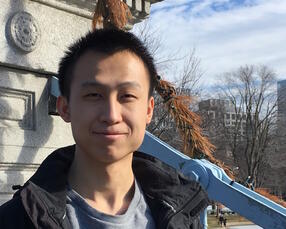
Now, thanks to a breakthrough in the lab of Faculty of Arts and Sciences professor Markus Greiner in collaboration with researchers at New York’s Flatiron Institute, a division of the Simons Foundation, scientists will be able to do just that. In new research published in the journal Nature, the group—including first author Muqing Xu, PhD ’24, second author and current Harvard PhD student Lev Kendrick, researcher Martin Lebrat, and others—describes how they cooled a Fermi-Hubbard system made of neutral atoms down a hundred billion times below room temperature, colder than ever before, creating what Greiner calls “the most pristine artificial quantum system ever.” In so doing, the researchers have made it possible to simulate materials in ways that normal computers can’t.
A Major Breakthrough
At the center of the Greiner group’s research is the Hubbard model, which describes the quantum mechanics of interacting electrons, the microscopic particles that give rise to the electrical and magnetic properties of quantum materials like superconductors. On paper, the Hubbard model looks simple, describing how electrons quantum mechanically tunnel from lattice site to lattice site and how they strongly interact with one another. But Greiner says that when you try to mathematically describe quantum behavior in two dimensions—like a real material—the task becomes exponentially more complex.
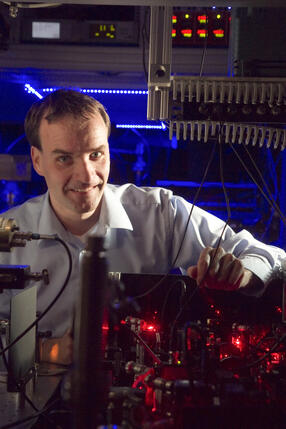
“Interacting electrons in quantum materials are delocalized; each electron is at many places at once. Each also strongly feels the presence of the other electrons. This leads to a complexity that classical computers, even the most advanced supercomputers, have a very difficult time capturing. But it is exactly this ‘quantumness’ from which surprising and useful material properties like superconductivity emerge. That’s why we need a new methodology to solve and understand the Hubbard model.”
The idea behind the Greiner group’s research was to build a machine that could quantum mechanically—rather than classically—simulate the physics of the Hubbard model. In the absence of full-blown quantum computers, still very much in development, the Harvard team sought to build a “quantum simulator” that could realize a wide range of Hubbard models. The lab’s collaborators at the Simons Foundation, who are doing state-of-the-art numerical simulations on supercomputers, would then be able for the first time to compare those calculations with real-life experiments.
Our new method enables a fivefold reduction in temperature, which makes it possible for the first time to simulate materials far below room temperature, where new physics is expected to occur, and simulations on classical computers become extremely difficult.
–Professor Markus Greiner
A breakthrough was needed to realize this goal, however: the team needed to significantly lower the temperature in the quantum simulations—a goal that research groups worldwide have pursued over the last ten years, initially without much success.
“Cuprate high-temperature superconductors become superconducting at about –170 degrees Celsius, or –250 degrees Fahrenheit,” Greiner explains. “Quantum simulations of the Hubbard model so far were not cold enough to reach those temperatures. Our new method enables a fivefold reduction in temperature, which makes it possible for the first time to simulate materials far below room temperature, where new physics is expected to occur, and simulations on classical computers become extremely difficult. This is a huge breakthrough that research groups worldwide have been working toward for nearly twenty years.”
Egg Carton Made of Lasers
In an ultra-high vacuum inside a glass chamber surrounded by powerful magnetic coils, the team cooled hundreds of lithium-6 atoms to nanokelvin temperatures—a hundred billion times colder than room temperature. (Lithium-6 atoms, like electrons, are fermions, enabling them to stand in for the subatomic particle.) Using programmable, ultra-precise lasers and digital micromirrors, the researchers trapped atoms in an optical lattice (a grid of light), a little like marbles in a 2D laser-made egg carton.
By changing the shape of the grid without disturbing or adding heat to the system, Greiner’s group squeezed the atoms together into a band insulator, a state where two atoms sit tightly in each spot of the grid, simultaneously pushing heat into a reservoir. Then the system was disconnected from the reservoir and expanded, locally splitting each spot into two, thereby doubling the number of spots on the grid, allowing the atoms to spread out and making the system even cooler.
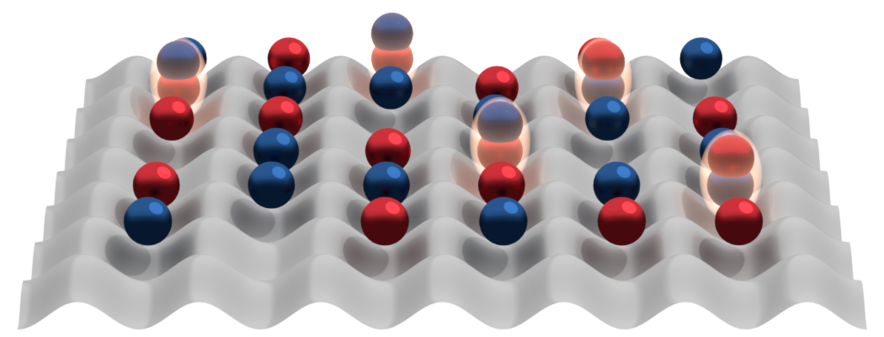
“The periodic modulation of the laser intensity forms a square optical lattice for the atoms to move and interact with each other, resembling electrons in a two-dimensional crystalline lattice,” says Muqing Xu, PhD ’24. “The atoms in optical lattices realize the Hubbard model with virtual perfection.”
Xu says the team used quantum gas microscopy—a bit like a high-tech magnifying glass for atoms—to see individual atoms and control them with laser light. “Arbitrary laser intensity can be applied to individual atoms at will, just like projecting a movie onto a screen,” he says. “For measurement, we excite the atoms to emit photons. The fluorescence is collected by the objective onto a highly sensitive camera for us to see individual atoms at a lattice-site–resolved level.”
The atoms in optical lattices realize the Hubbard model with virtual perfection.
—Muqing Xu, PhD ’24
A New Era
Greiner says the most important immediate impact of his team’s work is in making quantum simulations truly useful for addressing open questions in materials science and condensed matter physics, where classical simulations are at their limit. “This is the start of a new era for quantum information technology,” he says.
On a more practical level, he says quantum simulations may facilitate the development of superconductors with higher transition temperatures—possibly as high as room temperature. The impact of those materials would be revolutionary. Imagine, for instance, superconducting power lines that could carry electricity across countries with no loss, enabling wind power from Cape Cod to charge iPhones in San Jose, or solar power from farms in the Arizona desert charging electric cars in Michigan. And that’s only the beginning.
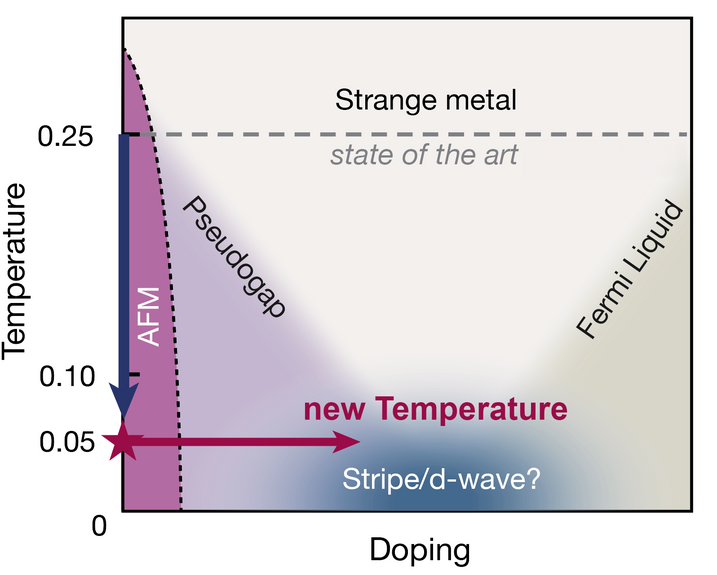
“This work could have a major impact on transportation, computing, and next-generation microwave electronics,” he says. “Hubbard models describe a wide range of potential quantum materials, opening the possibility to discover entirely new phenomena that could lead to functional materials with as yet unknown properties.”
This is the start of a new era for quantum information technology.
—Professor Markus Greiner
Now that Greiner’s team has created a low-temperature regime that had been inaccessible for decades, they are excited to investigate states of matter that emerge in the two-dimensional Hubbard model—for instance, d-wave superconducting, where electrons pair up in a directional, wave-like pattern that may explain high-temperature superconductive materials. Greiner says that his team’s breakthrough opens up a completely new landscape of discovery.
“With our new, programmable optical lattice, we will be able to explore a wide range of geometries beyond the ‘plain vanilla’ Hubbard model,” he says. “We look forward to mapping out uncharted landscapes in which entirely new quantum phases may emerge.”
Funding for this work came from the Gordon and Betty Moore Foundation, (grant number GBMF-11521). Greiner Lab's research also received funding from the National Science Foundation (grant numbers PHY-1734011, OAC1934598, and OAC-2118310; ONR grant number N00014-18-1-2863); the Department of Energy, (QSA Lawrence Berkeley Lab award number DE-AC02-05CH11231); QuEra (grant number A44440); ARO/AFOSR/ONR DURIP (grant numbers W911NF-20-1-0104 and W911NF-20-1-0163); ARO ELQ (award number W911NF2320219); the Flatiron Institute, a division of the Simons Foundation (C.F. and S.Z.); the NSF Graduate Research Fellowship Program (L.H.K. and A.K.); the AWS Generation Q Fund at the Harvard Quantum Initiative (Y.G.); the Swiss National Science Foundation (M.L.); and the Intelligence Community Postdoctoral Research Fellowship Program at Harvard administered by Oak Ridge Institute for Science and Education (ORISE) through an interagency agreement between the U.S. Department of Energy and the Office of the Director of National Intelligence (ODNI) (A.W.Y.).
Get the Latest Updates
Join Our Newsletter
Subscribe to Colloquy Podcast
Simplecast



